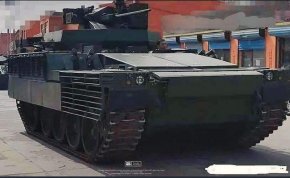Sandhi Yudha
Well-Known Member
Ive search around, but it looks like that there is not yet a thread about the People’s Liberation Army Ground Force (PLAGF). So, lets start with it!
The 75th Group Army of the People’s Liberation Army Ground Force (PLAGF) has recently received additional units of the Type 15 (also known as ZTQ-15) lightweight battle tank. This new light/medium tank is developed to replace the old Type 62 light tank, and can pose a threat on the export market for other medium tanks like the K21-105 and Kaplan/Harimau.
 www.janes.com
www.janes.com
The 75th Group Army of the People’s Liberation Army Ground Force (PLAGF) has recently received additional units of the Type 15 (also known as ZTQ-15) lightweight battle tank. This new light/medium tank is developed to replace the old Type 62 light tank, and can pose a threat on the export market for other medium tanks like the K21-105 and Kaplan/Harimau.
PLAGF's 75th Group Army receives additional Type 15 lightweight tanks
The 75th Group Army of the People’s Liberation Army Ground Force (PLAGF) has received additional units of the Type 15 (also known as ZTQ-15) lightweight battle tank.


